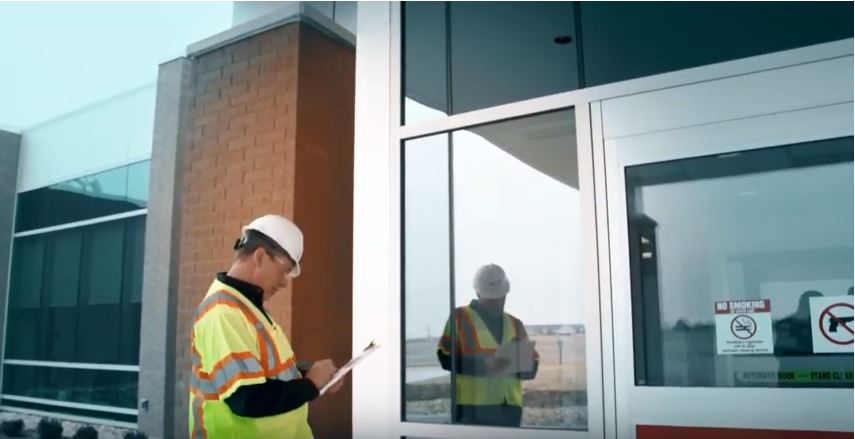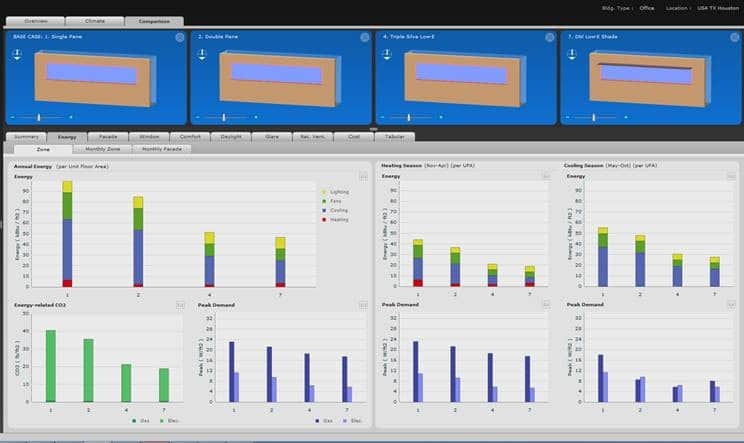Find an office location
More than 175 offices from coast to coast.

The amount of light coming through a building’s windows determines not only the relative brightness of the interior, but also generates heat. If the building has the wrong type of windows for its climate, more energy will be needed to provide air conditioning or heating to reach a comfortable indoor temperature.
Taking a holistic approach to the window selection can identify risk, enhance performance, optimize comfort, and provide savings. Performance modeling analysis is key to informing decision-making at the early stages of building design.
As an example, a building located in a northern climate may be designed with larger windows when facing south that allow more light, and thus heat, ultimately saving on heating costs. Conversely, a building in a warmer environment typically achieves better energy performance with smaller windows when facing east and west, different orientation, and more tinting and shading. Condensation on windows is a sign of a wrong window type.

When working with a client, Terracon’s facilities professionals consider location, window-to-wall ratio, solar heat gain coefficient (SHGC), orientation, placement and type (single clear, double clear, and double clear low-energy, double low-energy with shade and more). Exterior features such as an overhang or fins also have an impact on energy usage. Local code requirements that mandate specific materials are another key variable. Once all relevant data is compiled, advanced performance modeling software is used to simulate the impact on building façade performance.
Implementation of an energy-efficient glazing design strategy on the high-performance façade is one of the key factors to impact mechanical systems. Selection and integration of the appropriate energy efficient windows is key to maximizing the performance of a building’s façade.
IMPACTS OF ENERGY EFFICIENT GLAZING
Visual comfort
Thermal comfort
Building energy consumption
Building aesthetic
Condensation resistance

More than 175 offices from coast to coast.
Notifications